
Since its inception, cinema has been the perfect medium for exploring and depicting flights of fancy and the language of dreams. Cinema is a visual art. It encompasses, and necessarily must encompass, all that we can imagine. Many filmmakers across the years have attempted to revolutionise and transfigure the ways in which movies can speak to us.
In Le voyage dans la lune, Georges Méliès imagined an expedition to the moon; The German Expressionists created stark visions of humanity’s underbelly; and in 1929, Luis Bunuel created one of cinema’s greatest dreams, Un Chien Andelou, a surrealist masterpiece that would change the language of cinema.
The notion of ‘weirdness’ is utterly subjective, of course; but there are films which undeniably do something different, push the boundaries of filmmaking, narrative and conventional ideas of storytelling and morality.
Filmmakers who are considered ‘weird’ or avant-garde often simply create visions of things we have never seen before, or present images and concepts that we thought we understood in wholly new ways. Cinema is capable of showing us things that are impossible, awakening our minds to new ways of thinking, and also taking us on strange journeys to places that we could never imagine.
25. Even Dwarves Started Small (1970, Werner Herzog)
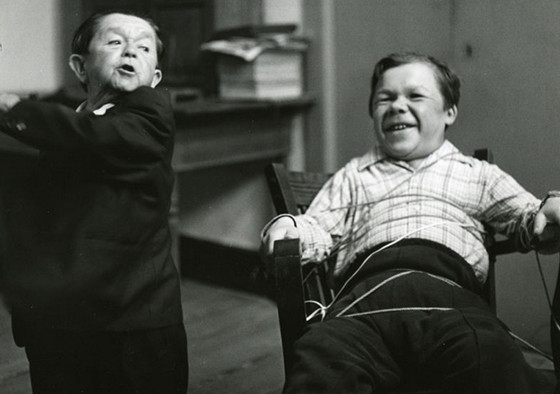
Werner Herzog is a chronicler of absurdity. His vision of the world is a kind of grandfatherly nihilism. Even Dwarves Started Small tells the story of a revolt in a mental institution in a world populated entirely by little people. Initially, the strangest part of the film is that the objects around the actors, the buildings, the furniture, the cars, are of normal size; the characters are entirely out of place, and, obviously, insane.
The insurrection grows increasingly violent and pointless as they wait for the authorities to arrive: a monkey is crucified, a car is driven in a perpetual circle, and chickens engage in cannibalism. The most indelible image, one haunting in its permanence, is of the elderly dwarf Hombre giggling with demonic intensity as a lame camel attempts to stand, but falls over, again and again, into the dust.
Even Dwarves Started Small is a strange refraction of our own world, perhaps a form of indictment of the way in which we treat the mentally ill, or the physically dissimilar; it may be a mockery of countercultural sensibilities (it certainly offended Leftist film critics at the time, who vowed never to watch Herzog again).
Or perhaps it is simply a scatological carnival, existing as an affront to decency and normality, offending those very people that it is supposed to offend. Herzog would say that absurdism does not require an explanation, or even a reason for its existence.
24. Antichrist (2009, Lars von Trier)
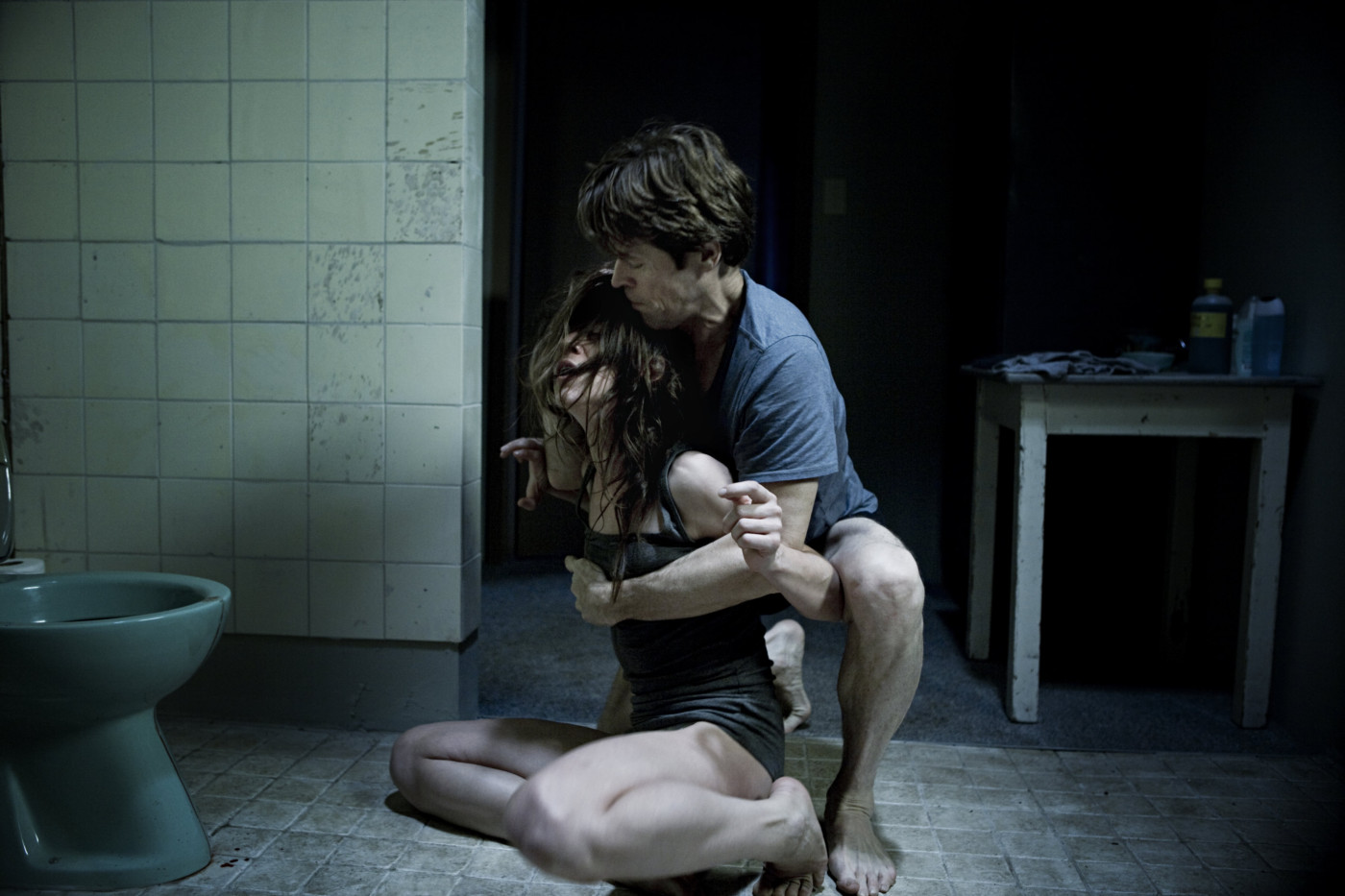
Lars von Trier is not a man who makes films by half. You know exactly what you are getting when you sit down to a von Trier film; he wants a reaction, a visceral one, and he wants to show you something you have never seen before. Antichrist is the purest embodiment of his cinema of provocation.
The film has accused of misogyny, sacrilege and of being ‘an abomination’ against art and moral sensibilities. Many have said that it represents the scribblings of a mind in decay, or an indictment of Judeo-Christian ethics; which is not bad for a 90-minute long film starring Willem Defoe.
Antichrist tells the story of a young couple in despair after the untimely death of their son, who head into the woods and do unspeakable things to each other (and themselves). The forest becomes an elemental back drop for a story of chaos and self-destruction, a kind of modern Cain and Abel story. The characters become increasingly ferocious, caught in the unforgiving realm of nature.
Von Trier loads his film with almost unwatchable shock moments, including a notorious self-mutilation scene that will test even the most ardent cinephile. But it is a quieter moment that lingers in the mind. Stumbling through the undergrowth, Willem Defoe’s character comes across a wounded maggot-infested fox, clearly on the verge of death, who declares that ‘Chaos Reigns’.
23. Gozu (2003,Takashi Miike)
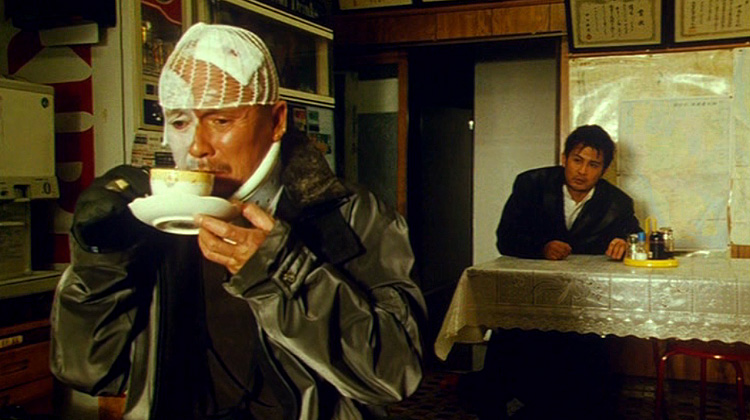
Gozu means ‘cow-head’ in Japan, and is apparently an infamous urban legend told by school children. Much like the Ringu tale, it concerns a curse passed on through the telling and retelling of a murderous story. Takashi Miike’s films can almost be seen as modern urban legends, buried warnings of the ways in which societies can be perverted and degenerated.
He is notorious for presenting some of the most obscene, unconceivable and sexually deviant sequences in modern cinematic history: the final excruciating scene of Audition, the blood-splattered torture sections of Ichi the Killer and almost every part of Visitor Q are masterpieces of shock cinema. These are scenes you watch open-mouthed, and disgusted.
Gozu, however, is something different entirely, more a series of grotesque happenings loosely connected by a plot. It is a Japanese homage to Lynch’s cinema of the slightly off-kilter, delighting in toying with its audience.
The pace is glacial, and yet this only adds to the foreboding sense of dread and weirdness; Miike’s stated intention was to create a movie where ‘nothing happened, and happened wrongly’. The film builds to a bananas crescendo, where violence and bodily horror meet in a strange nightmare vision. Not for the faint of heart.
22. Pink Flamingos (1972, John Waters)
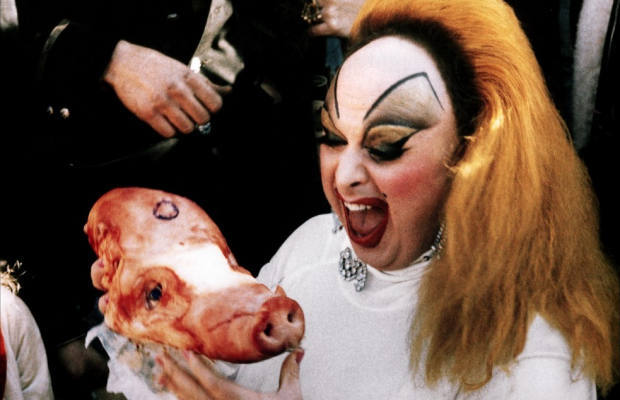
Pink Flamingos is the epitome of weird. It is the seminal creation of John Waters, one of the most wonderfully depraved of filmmakers, who set out to purposefully shock and disgust at every turn. It is the sordid, anarchistic tale of rival families who seek to outdo each other and become the self-declared ‘Filthiest Person Alive’.
It stars the glorious Divine, who is truly the repulsive centrepiece of the film. The lack of budget, the almost incomprehensible bad taste (characters kidnap women and force their homosexual manservant to impregnate their victims, so they can sell the babies to lesbian couples) and the sheer number of perversions on show have made Pink Flamingos one of the greatest cult films of all time.
Empire magazine, in 2000, declared Pink Flamingos an ‘accurate snapshot of American life’ in the 21st century, and called Waters ‘prophetic’. And it’s entirely true that Waters perceived the underbelly of the American Dream, the idea that people would do anything for fame and notoriety, anticipating the narcissism and madness of the internet age. The ending has been imitated, but never beaten for sheer unpleasantness.
21. Dogtooth (2009, Yorgos Lanthimos)

Dogtooth concerns a couple who have completely isolated their children from the world, even to the point of restructuring their language. Their entire world is controlled and the only outside contact they have is with the woman employed by their father to ‘sexually service’ their son.
The children believe a stray cat to be a dangerous animal, capable of tearing them apart, and Frank Sinatra to be their grandfather. Yet the eldest daughter is beginning to have some strange awakening, and comes to understand that there must be a life beyond the garden walls.
Directed by Yorgos Lanthimos (who will reappear on this list), Dogtooth is one of the finest allegories ever made of human society and how it functions. It steps back from social conventions to imagine a world where what we know and what we understand is inverted, twisted and laid bare.
It also illustrates how easily the human mind can be controlled and defined by outside forces, and how the human spirit can be unquenchable in the face of authoritarianism. Lanthimos creates an unsettling atmosphere, punctuated by shocking moments of violence and bloodletting, before serving up one of the most down-beat endings in cinematic history, just to deter any positive messages that might filter through.
20. Funky Forest (2005, Katsuhito Ishii, Shunichiro Miki, Hajime Ishimine)
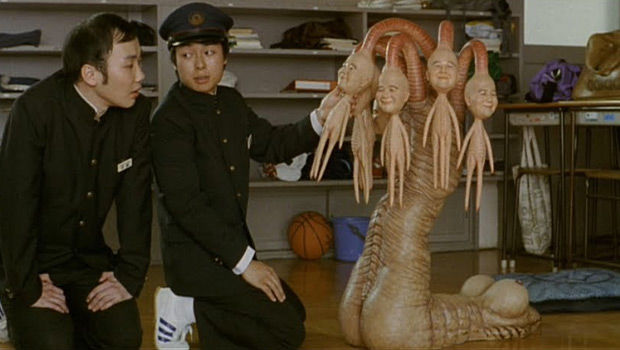
Some of the films on this list are weird because they present the grand tapestry of existence or our everyday lives from a slightly different angle. Some are surreal or unexplainable; some based around the language of dreams or the subconscious. Others are weird because they seek to defy narrative or moral conventions, or attempt to push the technological or physical boundaries of filmmaking.
Then there is Funky Forest.
Funky Forest is a series of unconnected indigestible images and sequences that are either wilfully unconnected, or either in direct contradiction of each other. A series of characters scrabble their way through a mescaline pipe-dream, for two-and-a-half hours. Unlike many other films that claim ‘weirdness’ or gain cult reputations, Funky Forest is pure surrealism, in the spirit of L’Age D’Or.
It offers an intoxicating break from the everyday world of rationality and temporal understanding, presenting a series of ideas and brain-farts thrown at the screen, including computer animated sequences, a long anime section and extended musical interludes. There is very little cohesion, as can be expected from a film directed by three people; body horror is followed by a kind of mid-morning Japanese soap opera love triangle, as well as strange alien visitations.
19. Tetsuo (1989, Shinya Tsukamoto)
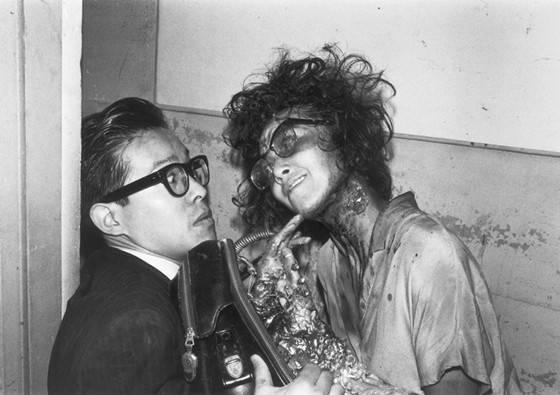
Relentlessly disturbing and fetishistic, Tetsuo is a pure visual experience. It brings to mind Lynch’s Eraserhead and the art of H.R Giger (responsible for designing the Alien creature) in its unremitting tidal wave of visceral phantasmagorias, but it is its own creation entirely.
Tetsuo appeared at a time when the Japanese film industry had hit a road block; the great masters such as Ozu, Mizoguchi and Kurosawa were either dead, or past making films, and the halcyon days of J-Horror and Studio Ghibli were still in the future. Much of Japanese cinema was relying on shock and controversy to gain exposure; the notorious faux-snuff Guinea Pig films were made during this period. Enter Shinya Tsukamoto, the physical embodiment of the cult director.
Tetsuo is an anxiety attack, a dream of a post-technological world where man and machine have become inextricably entwined in some kind of sexual nightmare. It concerns the creation of grotesque human hybrids, often with overly exaggerated carnal organs, and an apocalyptic world consumed by technology and our own creations.
There are sequences in this film which will take root in your subconscious mind and stay there forever. It also includes one of the most unpleasant and distressing dream sequences in any film.
18. Holy Motors (2012, Leos Carax)
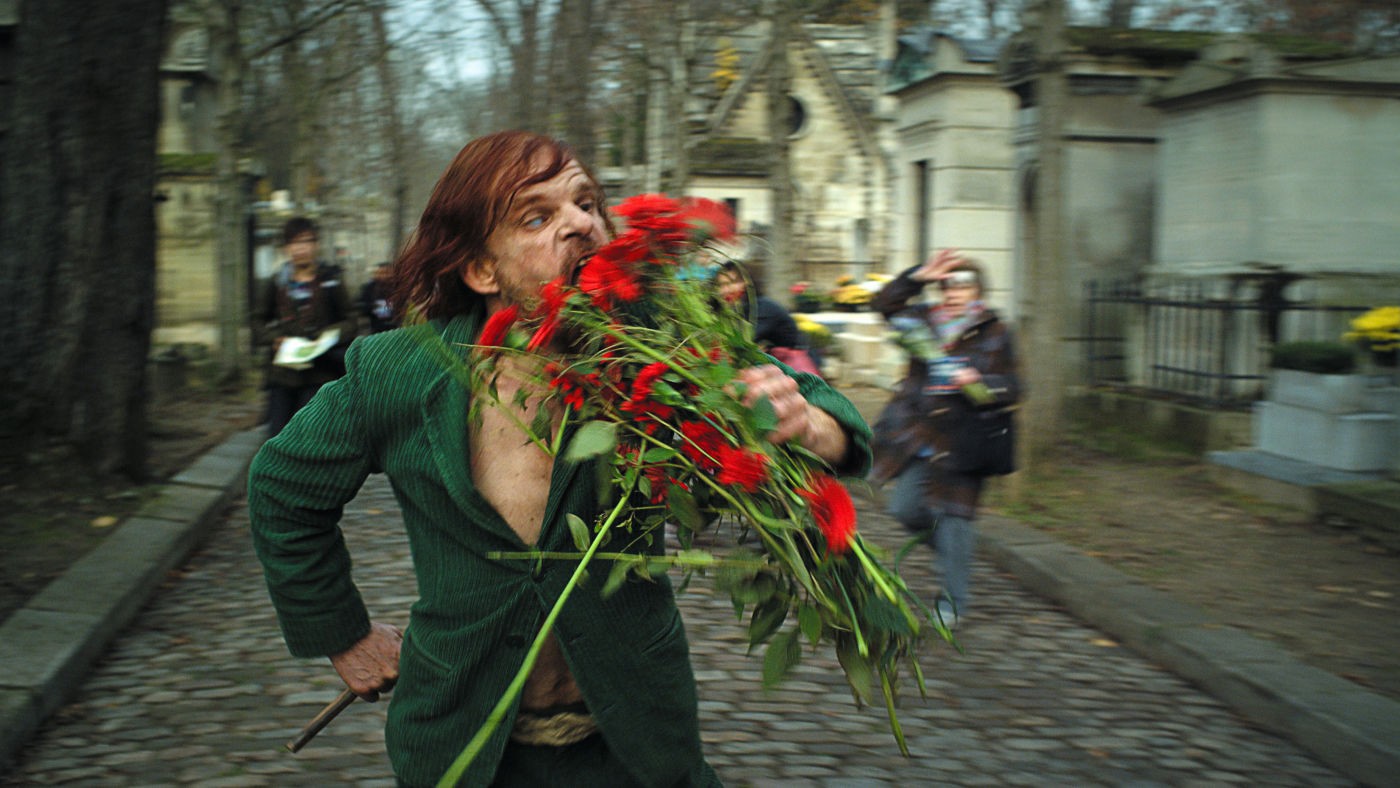
A chameleonic man drives around Paris in a white limousine enacting a series of increasingly illogical ‘roles’ or personas, including a beggar woman, a Chinese gangster, a doting father and a dying old man. Regardless of the end result of his play-acting, even death, he returns to the limousine to commence the next role, peeling away the make-up and removing the costume.
This is the overarching plot of Leos Carax’s Holy Motors, a masterpiece of elision and abstraction. It is a vision of human experience across the span of a single day, with night slowly creeping towards death, encapsulating the loss, anger, violence and solitude of life in all its richness and strangeness.
Carax’s film is also a love story to French cinema, incorporating lasting imagery from some of the finest French films ever made, including the mask from Franju’s Eyes without a Face and Jean Seaborg’s glowing free-spirit in Breathless, played here by Kylie Minogue (and a chimpanzee).
And not only French cinema; Carax is here channelling a vast history of cinema, from Cocteau to Fritz Lang, to Bunuel and beyond. It is a picaresque journey through the movies, beginning with a silent movie theatre discovered behind a loose flap of wallpaper, and ending with talking limousines.